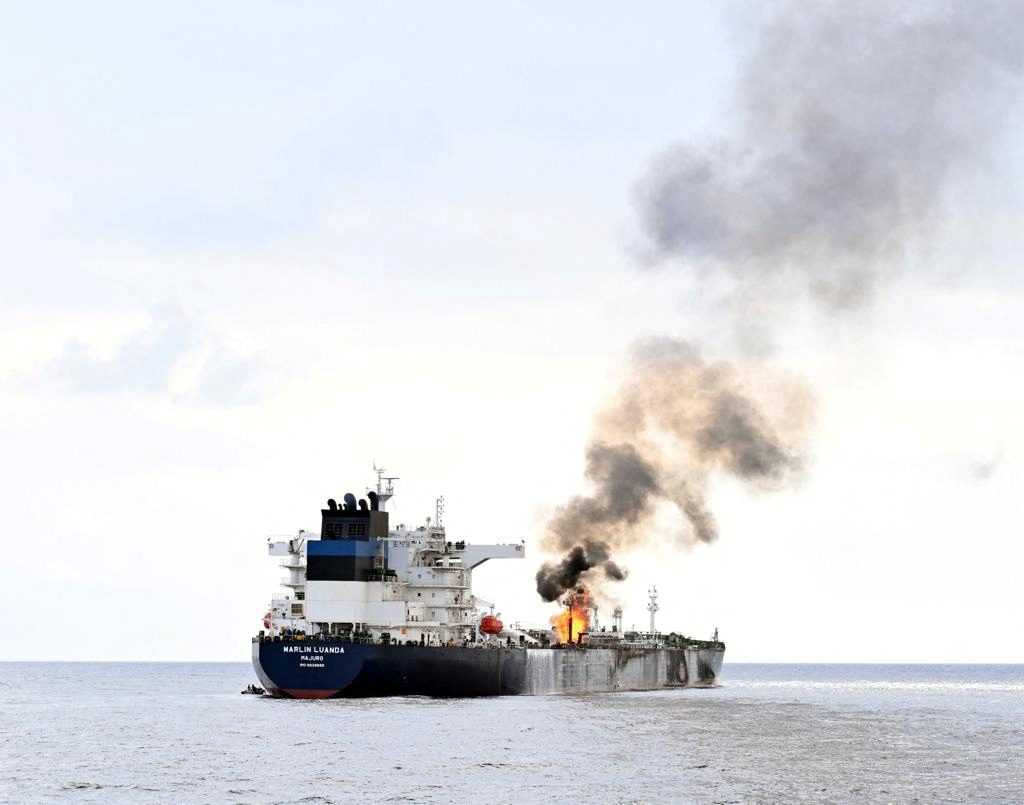BHP Billiton’s Shenzi tensioned leg platform in the Gulf of Mexico, image: BHP Billiton
By Zain Shauk
Sept. 4 (Bloomberg) — BHP Billiton Ltd. is preparing to join the bidding to develop Mexico’s deep-water oil fields when the nation opens its offshore resources to foreign explorers next year.
The Australian mining company, which has been expanding its oil and natural gas business in North America, has been meeting with Mexican officials and state-owned Petroleos Mexicanos, known as Pemex, to gather data for assessing the best prospects, Tim Cutt, president of BHP’s petroleum and potash division, said in an interview at Bloomberg’s New York headquarters yesterday.
“We’re very interested in Mexico,” Cutt said. “We’re confident that we are one of the lowest-cost and best drillers in the deep-water Gulf of Mexico. We can build projects better and faster than most.”
Mexico finalized plans in August to allow foreign companies to bid on the rights to drill for its oil and gas resources, ending a 76-year state oil monopoly. Pemex wants to form joint ventures with other companies in 10 onshore and offshore fields by next year.
Mexico’s Energy Ministry plans to auction 169 blocks – 109 for exploration and 60 for production – in the the country’s first competitive bidding round next year. Of the blocks auctioned, 28 will be in deep waters, including 11 in the Perdido area near the U.S.-Mexico maritime border in the Gulf of Mexico. The deep-water resources amount to a prospective 4.8 billion barrels of crude equivalent, according to the ministry.
Mexico Resources
Mexico’s move comes amid a North American energy boom that has included soaring output from onshore shale formations and deep-water oil fields in the Gulf. Some of those same prospects extend into Mexico, which has 13.4 billion barrels of proven oil reserves, according to Pemex data.
BHP is prioritizing production of petroleum as well as iron ore, copper and coal as it prepares what may be a $15 billion spinoff of its other assets. Mining companies have been streamlining their holdings because of a retreat in commodity prices. BHP’s fiscal 2014 profit missed analysts’ estimates and its shares have dropped 4.7 percent this year.
A move into Mexican waters would expand BHP’s interests in the Gulf of Mexico, which includes two platforms it operates and a stake in production from three others. The company produces the equivalent of about 100,000 barrels of oil a day in the Gulf.
Offshore First
BHP is initially most interested in helping develop Mexico’s offshore assets, rather than extending its shale expertise onshore, said Cutt, 54, who worked for 25 years at Exxon Mobil Corp. before joining BHP in 2007. The company was the high bidder on 14 offshore blocks in a U.S. lease sale last month, including one area along the Mexico border.
“We are happy to work with Pemex and share some of our technology advancements within those plays,” Cutt said. One of BHP’s strengths as a partner is the speed with which it can move to develop new prospects, he said. “We actually have some capacity that we can offer up quickly.”
Oil and gas accounted for 22 percent of BHP’s $67.2 billion in sales for the fiscal year ended June 30, up from 15 percent three years ago. Petroleum, particularly from U.S. shale, will hold even greater significance after the company completes a spinoff of its aluminum, coal and silver assets that it announced on Aug. 19.
“BHP Billiton is a very large and established oil and gas operator,” said Pavel Molchanov, an analyst for Raymond James in Houston. “It has shale experience now, but traditionally it had a skill set in deep water.”
Investment Forecast
At least 515 companies have expressed interest in participating in Mexico’s energy industry, according to Energy Minister Pedro Joaquin Coldwell.
Oil companies other than Pemex could provide around 30 percent of Mexico’s crude production in 10 to 15 years, Deputy Energy Minister Lourdes Melgar said in press conference last month. Mexico forecasts annual investment of $12.63 billion a year as its industry opens to foreign oil companies, growing to $50.5 billion of investment by 2018.
BHP may eventually also pursue shale assets in Mexico, Cutt said. The company has boosted production from the Eagle Ford shale in Texas by 80 percent since December.
Shale Production
BHP owns the third-largest acreage in the Eagle Ford shale of south Texas, behind EOG Resources Inc. and BP Plc, according to data compiled by Bloomberg Intelligence. The company increased production in the area to the equivalent of 180,000 barrels a day from 100,000 in December, making it the largest producer after EOG, which reported output of 253,000 barrels a day as of June 30.
BHP has stumbled before on shale investment in North America. The company was forced to write down $3.3 billion in U.S. shale-gas assets in 2012, after prices fell following its acquisition of Petrohawk Energy Corp. and assets from Chesapeake Energy Corp. Those acquisitions cost BHP almost $20 billion, including debt, and gave the company its foothold in U.S. shale plays in Arkansas, Louisiana and Texas.
(The amount of Mexico’s potential deep-water resources was corrected in an earlier version of this story.)
–With assistance from Adam Williams in Mexico City.
Copyright 2014 Bloomberg.
Unlock Exclusive Insights Today!
Join the gCaptain Club for curated content, insider opinions, and vibrant community discussions.

 Join The Club
Join The Club













